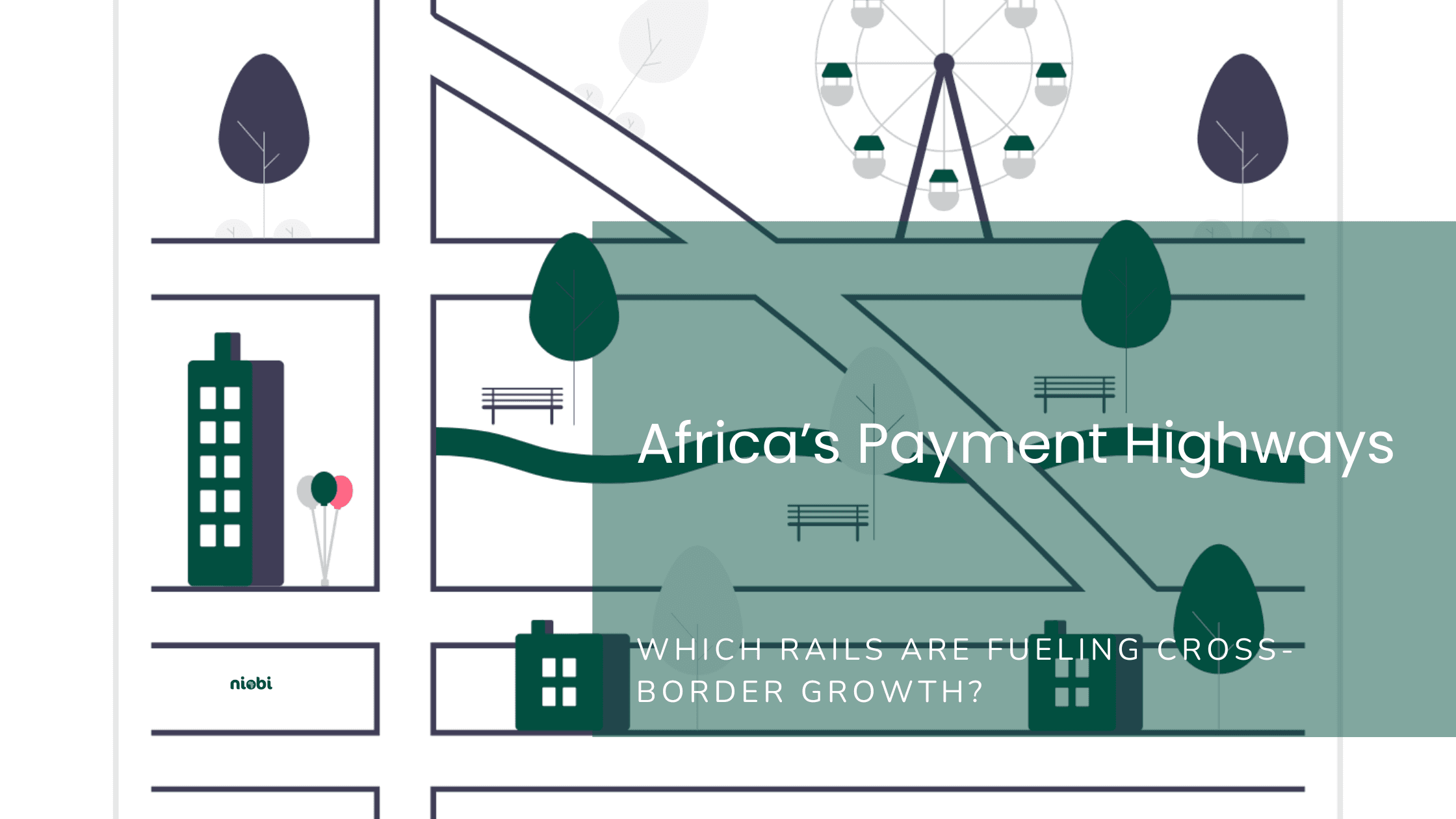Imagine this: you’re hungry, and you’ve got two options. You can (A) stroll into a food court where everything is ready-made: pizza, chapati, chicken, you name it. Or (B) rent a kitchen, buy all the ingredients, hire a chef, and make your signature dish from scratch.
Both get you fed. But the journey, cost, and control over the end result are worlds apart.
That’s the difference between using a payment aggregator and building your own custom API integration in Africa’s fintech scene. Both can move money from your customer’s pocket to your bank account, but they do it in very different ways. Let’s break it down.
What Exactly Is a Payment Aggregator?
Think of a payment aggregator as that trusty food court. You sign up once, and voilà, you can serve customers via card, bank transfer, or even M-Pesa without having to deal with each provider separately.
In plain English:
Aggregators bundle multiple payment options (cards, mobile money, bank transfers, even USSD).
They handle the heavy lifting i.e. compliance, onboarding, fraud checks.
You integrate once and get access to many payment rails.
Pros of Payment Aggregators in Africa
Speed to market – You’re live in weeks, not months.
Compliance included – No need to dance with every regulator under the African sun.
Less engineering stress – A single integration point = fewer headaches.
Cons of Payment Aggregators
Fees add up – Aggregators charge per transaction. You pay for the convenience.
Limited flexibility – You’re stuck with what they offer. Want something fancy? Tough.
Middleman syndrome – If the aggregator has downtime, you have downtime.
What About a Custom API Integration?
Now let’s talk about the DIY kitchen approach. Here, you connect directly to banks, mobile money operators, or card networks via their APIs. It’s more work upfront, but you own the entire process.
In plain English:
You build direct integrations with payment providers.
You’re in charge of compliance (licenses, reporting, audits).
You get full flexibility to design your payment flow however you like.
Pros of Custom APIs in Africa
Lower long-term costs – Cut out the aggregator’s fees.
Full control – Build custom features that match your exact business model.
Scalability – Better suited if you’re handling high volumes across multiple regions.
Cons of Custom APIs
Regulatory red tape – Getting a payments license in Africa is like trying to assemble furniture without instructions. Painful.
Time sink – Building and maintaining APIs with each provider can take months (and that’s if they even have solid APIs).
Higher upfront costs – You’ll need developers, compliance officers, lawyers… basically a small army.
The African Context: Where the Plot Thickens
Here’s where it gets juicy. Payments in Africa aren’t like payments in Europe or the US.
Mobile money rules the kingdom – In Kenya, over 90% of adults use M-Pesa. In Ghana, MTN Mobile Money is king. Integrating with these services is non-negotiable.
Bank APIs can be patchy – Some are sleek. Others look like they were coded in 2002 and never updated. Good luck.
Regulation varies wildly – Nigeria’s Central Bank is not South Africa’s Reserve Bank. Expect to navigate different rules in each country.
Cross-border is a maze – Moving money from Kampala to Kigali or Nairobi to Lagos involves more than just a wire transfer button.
All this means the aggregator vs custom API decision is contextual.
Payment Aggregator vs Custom API: Side-by-Side
Here’s the cheat sheet you’ve been waiting for:
Factor | Payment Aggregator | Custom API Integration |
Speed to Market | Weeks | Months (sometimes years) |
Compliance Burden | Mostly handled for you | You carry the load |
Cost | Higher transaction fees | High upfront, lower long-term |
Flexibility | Limited to aggregator’s menu | Full customization |
Reliability | Dependent on aggregator uptime | You control your destiny |
Best For | SMEs, startups testing ideas | Scale-ups, fintechs, high-volume players |
Real-World Scenarios
The Growing SME – A bakery in Nairobi wants to sell cakes online. They don’t care about building a payments empire; they just want customers to pay via M-Pesa or card. Aggregator wins — simple, quick, done.
The Scaling Fintech – A pan-African remittance company wants to move money from London to Lagos to Lusaka. They need direct relationships with banks, custom fraud detection, and lower fees. Custom API wins. More control, less middleman drama.
The Hybrid Path (a.k.a. Reality Check)
The plot twist is that most African businesses don’t pick one forever. They start with aggregators to get to market fast, then gradually build custom integrations as they scale.
Think of it as training wheels. Use the aggregator to learn the ropes, prove your business model, and attract customers. Once you’ve grown enough, you swap in your custom-built payments engine for more power and flexibility.
So… Which Should You Choose?
There’s no silver bullet.
If you’re a startup or SME: go aggregator. Get live, test your product, collect your coins.
If you’re a scaling fintech: bite the bullet, invest in APIs, and build the muscle for the long game.
And if you’re scratching your head, wondering why this all feels too complicated… well, that’s why Niobi exists. We’re here to take the sting out of Africa’s payment jungle, giving you the best of both worlds.
Final Takeaway
Payment aggregators are like food courts - quick, convenient, and ready-made. Custom APIs are like owning your own kitchen - more control, but also more work.
In Africa’s payments landscape, the choice depends on your size, ambitions, and appetite for regulatory headaches.
At Niobi, we think you deserve less headache and more business growth. So, whether you’re food-courting it or building the kitchen of your dreams, we’ve got the API tools to keep your payments flowing.




